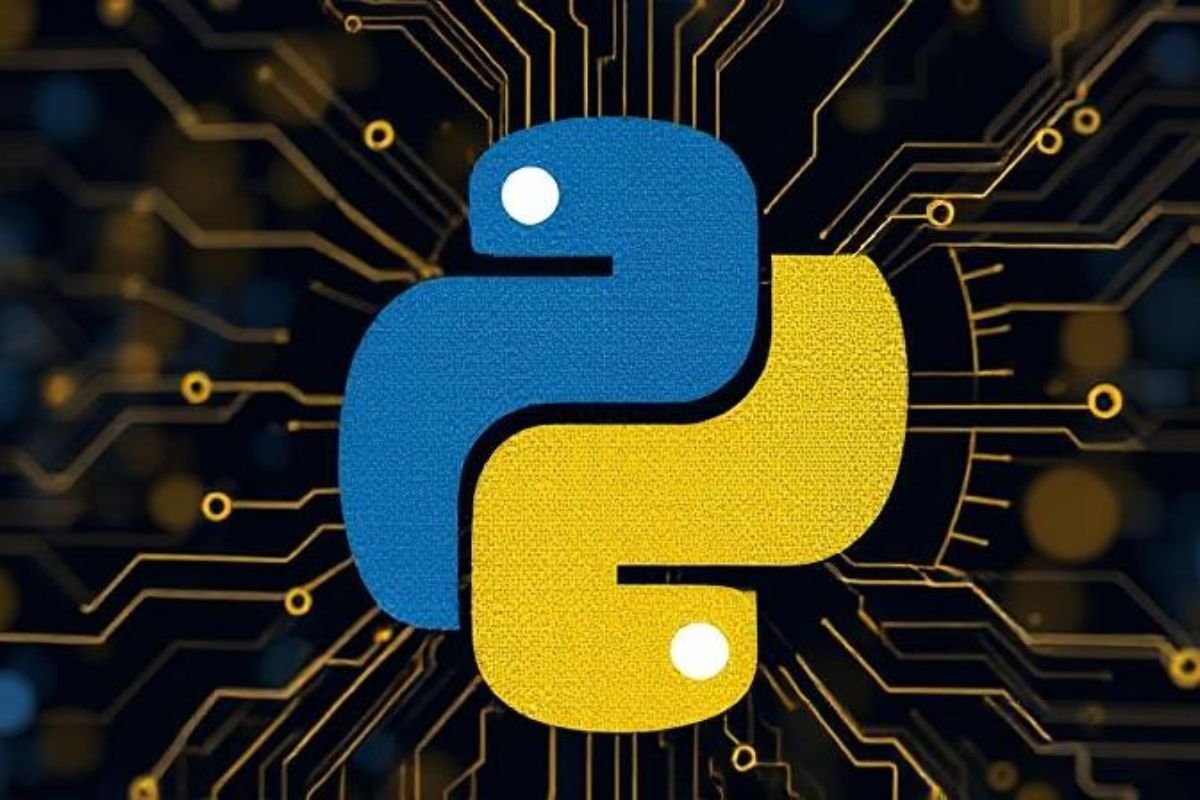So, you need to train your very own AI version with Python? That’s extraordinary! Whether you’re building a cat detector, a stock marketplace predictor, or your chatbot, Python has the gear to get you started. But let’s not sugarcoat it—training an AI version is not a stroll in the park. You want code, information, and a touch little bit of staying power.
In this text, we’re going to stroll you through how to train your personal AI model from scratch the using Python—step-by-step.
⚙️ Prerequisites Before You Start
Basic Python Knowledge
You don’t have to be a Python wizard, but know-how, loops, features, and basic syntax are a must. If you can write a for loop and use a print() declaration, you’re in good form.
Required Hardware and Software
- Hardware: A first-rate CPU will do, however, a GPU makes matters manner faster.
- Software: Install Python 3. X, Jupyter Notebook, and pip.
- Environment: Use Anaconda or virtualenv to control your programs.
Popular Python Libraries for AI
pandasfor information manipulationnumpyfor numerical computingscikit-studyfor traditional system masteringtensorfloworpytorchfor deep learningmatplotlibandseabornfor visualizations
🎯 Step 1 – Define the Problem
First things first—what are you trying to solve?
Is it:
- Classification? (e.g., Is this email spam or not?)
- Regression? (e.g., Predicting housing prices)
- Clustering? (e.g., Grouping customers by behavior)
Define your goal in reality. Everything else will depend upon it.
📦 Step 2 – Gather and Prepare the Data
Importance of Quality Data
Garbage in, rubbish out. Your AI is handiest as good as the data it learns from. So, make certain it’s correct, applicable, and smooth.
Where to Find Datasets
- Kaggle
- UCI Machine Learning Repository
- APIs like Twitter, Yelp, and so on.
Data Cleaning and Preprocessing
This method casts off duplicates, deals with missing values, and changes the expression of statistics.
Tools for Data Handling
- Use
pandasto discover and easy datasets numpyfor fast array operationsscikit-studyfor scaling and encoding
🧠 Step 3– Choose the Right Model
Supervised vs Unsupervised Learning
- Supervised: You have categorised facts (input + output)
- Unsupervised: Only input statistics, the model finds structure
Prebuilt vs From Scratch
Beginners must use prebuilt functions in scikit-learn or tensorflow.
Common Algorithms
- Linear Regression for predicting numbers
- Decision Trees for easy choices
- Neural Networks for complex duties
🔀 Step 4 – Split Your Data
You need to break up your statistics so the model learns and receives examination pretty.
- Training Set (70%) – Used to educate the version
- Validation Set (15%) – Tune parameters
- Testing Set (15%) – Check performance
Use:
From sklearn.Model_selection import train_test_split🏋️ Step 5 – Train the Model
How Model Training Works
The version makes a bet, compares it to the actual solution, and adjusts based on the mistake.
Key Terms
- Epochs: Full passes through the dataset
- Batches: Subsets of facts
- Loss Function: How some distance off the version is
Using Scikit-learn
From sklearn.Linear_model import LinearRegression
version = LinearRegression()
version.In shape(X_train, y_train)Using TensorFlow
import tensorflow as tf
model = tf.Keras.Sequential([...])
version.Compile(...)
version.In shape(X_train, y_train, epochs=10)📈 Step 6 – Evaluate the Model
You cannot repair what you don’t degree.
Metrics to Use
- Accuracy: % of correct predictions
- Precision/Recall: For imbalanced datasets
- F1 Score: Balance among precision and recall
Confusion Matrix
A great visual way to recognize what the model was given right and wrong.
⚡ Step 7 – Improve the Model
Even proper fashions can be better.
- Hyperparameter Tuning with GridSearchCV
- Cross-validation to make certain generalization
- Feature Engineering to give your version higher inputs
💾 Step 8 – Save and Deploy Your Model
Saving
import joblib
joblib.Dump(version, 'version.Pkl')Deploying
Use Flask or FastAPI to serve your model as a web app.
🚀 Real-World Use Cases
- Chatbots: NLP fashions skilled in conversations
- Fraud Detection: Models that spot uncommon behavior
- Image Recognition: CNNs that classify snap shots
🧱 Common Challenges and How to Overcome Them
- Small Dataset? Use fact augmentation or synthetic statistics
- Poor Accuracy? Tune the version or smooth the records better
- Slow Training? Use GPU or batch education
📌 Best Practices to Follow
- Comment your code
- Keep a log of experiments and model versions
- Use Git and GitHub for tracking modifications
- Validate with actual global test cases
🎉 Conclusion
Training your very own AI model in Python isn’t rocket science—but it’s no cakewalk either. It’s a mix of clever picks, experimentation, and consistent tweaking. Once you get the hang of it, the possibilities are infinite. Whether it’s fixing commercial enterprise troubles or simply satisfying your curiosity, Python gives you the strength to build your very own intelligent structures from scratch.
❓ FAQs
What programming abilities are wished?
Basic Python, familiarity with libraries like pandas and scikit-learn is enough to get started.
Can I train an AI version without out GPU?
Yes, for small duties. For deep mastering models, a GPU is rather recommended.
How long does it take to train an AI model?
It depends on the statistics size, model complexity, and hardware. It could be minutes or days.
What is the quality library for beginners?
Scikit-study is exceptional for getting started with device gaining knowledge of.
Do I need a massive dataset?
Not usually. Some issues can be solved with small, smooth datasets.
